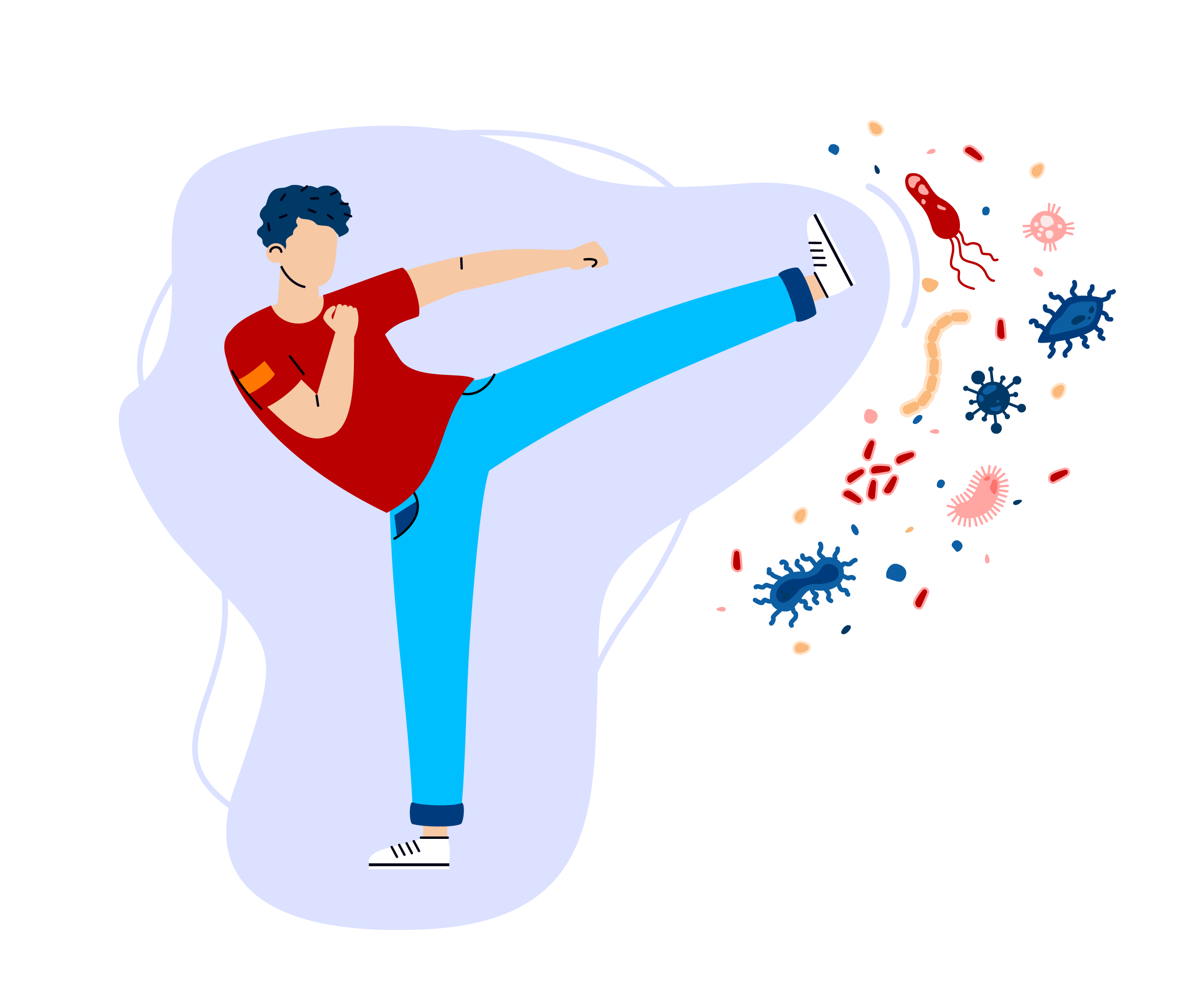
Skin tags are a genetic skin condition characterized by small, typically noncancerous growths that resemble a raised mole or a cluster of excess skin extending from your body. Skin tags are annoying when they itch or get snagged on your shirt when you change clothes. The official name for this unusual growth or polyps on the skin is acrochordon. It is a small piece of soft skin that hangs from your body from a peduncle or stalk. Studies show that 60% ofadults will develop at least one skin tag in their lifetime, with the probability of occurrence increasing at 40 years old and up.
Skin tags can appear anywhere on the body, but they are fond of growing where your skin rubs against clothing or where skin rubs against skin (like your armpits). Skin tags can be quite frustrating to deal with since they can grow bigger and become more visible. The appearance of skin tags can affect your self-esteem, especially when you have several skin tags on your face.
Thankfully, there are several ways to remove this excess skin. You don’t have to suffer through this condition, especially when the growth becomes bothersome. Remember, it’s not mere vanity to care for the skin but a necessity. The skin is the largest organ of the body that protects your internal organs from harsh environmental elements.
Of course, it is natural that you want your skin to remain in good condition. After all, it’s important to love the skin you’re in and love your body. Keep reading to learn more about skin tags and how to treat them.
Are Skin Tags Dangerous?
Most studies concur that skin tags are non-cancerous tumours or growth on the skin. Thankfully, they are typically benign and not dangerous. However, these growths still consist of nerve cells, fat cells, ducts, fibres, and a covering. Hence, it is not easy to remove skin tags on your own, especially the large ones. It would be considered dangerous to attempt to remove skin tags on your own without the help of a doctor or dermatologist.
These skin growths usually start small and could look like a flattened pinhead bump. Some people have very tiny skin tags – so tiny that they don’t even notice the growth. Skin tags can stay small, or they can grow bigger. The size of skin tags can range from 2mm to 1cm in diameter. In the worst cases, the tags grow as big as 5cm (like a slice of lime). In general, this skin condition typically occurs after midlife, affecting both women and men equally. Other names for this condition include:
- Cutaneous papilloma
- Fibroepithelial polyp
- Fibroma molluscum
- Cutaneous tag
- Fibroma pendulum
- Soft fibroma
- Templeton skin tags
Very large skin tags can form, especially if you rub and scratch the tiny ones. In some cases, the tags continuously rub on your skin or clothes, so they fall off painlessly. They can also burst on their own if they are subject to too much pressure.
The surface of the skin tags can be smooth or irregular. But more often, they are raised on your skin surface. They can be flesh-coloured or brownish, making the latter more noticeable. You can have them removed for aesthetic reasons or keep them there if they don’t annoy you.

Where on the Body do Skin Tags Appear?
Skin tags commonly occur in the folds of creases or skin. They also show up in areas of the skin that frequently rub jewellery or clothing. You may also notice them in areas of your body where you constantly shave. It is common to find skin tags in the following areas:
- Surrounding the eyelids
- Armpits
- Under the breasts
- Groin area
- Upper check
- Neck
What Causes the Formation of Skin Tags?
It is not clear exactly what causes skin tags. However, they happen when clusters of blood vessels and collagen become trapped within thicker pieces of your skin. Since they usually appear in folds and creases, many theorized that it is due to rubbing friction.
In most cases, your susceptibility also rests on your genetics. This means if your family members have skin tags, you may inherit the same traits. They have also been associated with hyperinsulinemia when excessive amounts of insulin are circulating in the body.
Risk factors for skin tags are:
- Advanced age with loss skin elasticity
- Hormonal fluctuations
- Genetic factors
- Pregnancy
- Insulin resistance like diabetes or metabolic syndrome
- Overweight or obesity
- Exposure to some types of human papillomavirus
- Elevated cholesterol levels
- Hypertension or high blood pressure
Studies show that skin tags are linked to a high C-reactive protein level, which is a marker of inflammation. Unfortunately, inflammation stimulates a lot of disorders like arthritis, atherosclerosis, diabetes, kidney issues, cancer, or asthma.
How to Treat Skin Tags
You can opt to leave your skin tags alone if they are small and not bothersome. They are usually harmless anyway, so having them around will not pose a problem. However, you can have them removed as well for cosmetic reasons. For example, the large ones that rub on your skin, clothes, or jewellery can be removed if they irritate you. Also, removing a large skin tag can make shaving and makeup application so much easier.
Do not attempt to take them off by yourself by snipping a skin tag off with scissors. This can lead to excessive bleeding, bacterial infection, ugly scarring, and even regrowth. Instead, if you want to try a home remedy, you can purchase over-the-counter cryo solutions (akin to a wart remover) that you can apply for several days. This will dry out the skin tag, so they will naturally fall off.
Other home solutions for skin tags include the following:
- Tea Tree Oil: This has antifungal and antiviral properties that will dry the skin tag. Apply the oil with a q-tip and place a bandage on the area at night for maximum absorption. Repeat until the skin tag falls out.
- Banana Peel: Don’t discard your peels because they can dry out your skin tag. Place a piece of the peel on the tag and cover it with a bandage. Do this nightly until the tag shrivels up and falls out.
- Apple Cider Vinegar: Soak your cotton with apple cider vinegar. Then, place this over the tag and cover the area with a bandage for 30 minutes. Repeat this for a couple of weeks. The acid in the vinegar breaks down the excess tissues, making your skin tags fall off.
- Vitamin E: Aging is a risk factor for skin tags, and taking vitamin E orally can help fight wrinkles and skin tags from within. Alternatively, you can apply vitamin E oil on the skin tag and wait for it to disappear.
- Garlic: Garlic is touted to reduce inflammation, so directly applying crushed garlic to your skin tag can eliminate it. Do this at night and cover the area with a bandage. Make sure it doesn’t get into your clothes and sheets because garlic has a pungent smell. Repeat this process until your skin tags shrink and fall out.

However, if you have numerous, large skin tags all over your body, home remedies may be quite cumbersome. The following procedures administered by a dermatologist or skin specialist will help:
- Cautery: skin tag is burned off using electrolysis
- Cryosurgery: the tag is frozen using liquid nitrogen
- Ligation: blood supply is interrupted to dry it up
- Excision: a sharp scalpel cuts off the tag
- Electrodessication: used for tiny lesions that cannot be grabbed with forceps
Again, a medically trained specialist must perform these procedures, especially for skin tags near your eye area. Do not attempt to excise or cut off your own skin tag. At best, you can only do topical applications at home and nothing else.
If your skin tags bother you, consult your dermatologist for possible professional solutions to swiftly and efficiently take off your skin tags. You could also consider ordering a DNA testing kit such as the CircleDNA kit, to learn about your genetic risk of certain skin conditions. Since skin tags are associated with diseases such as diabetes, heart disease, or metabolic disorders, knowing your disease risk factors can provide you with the knowledge that helps you make more sound lifestyle and medical decisions.






